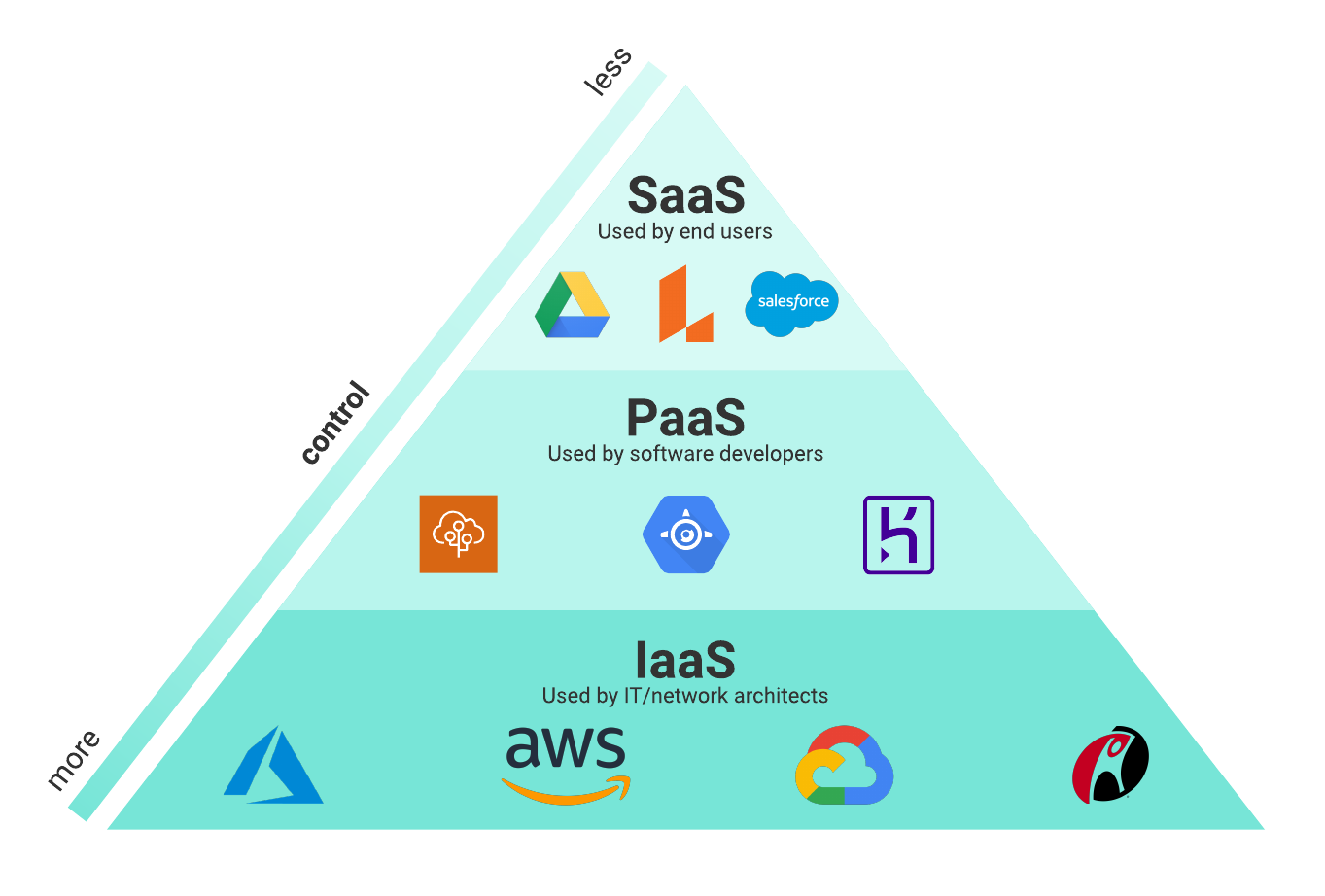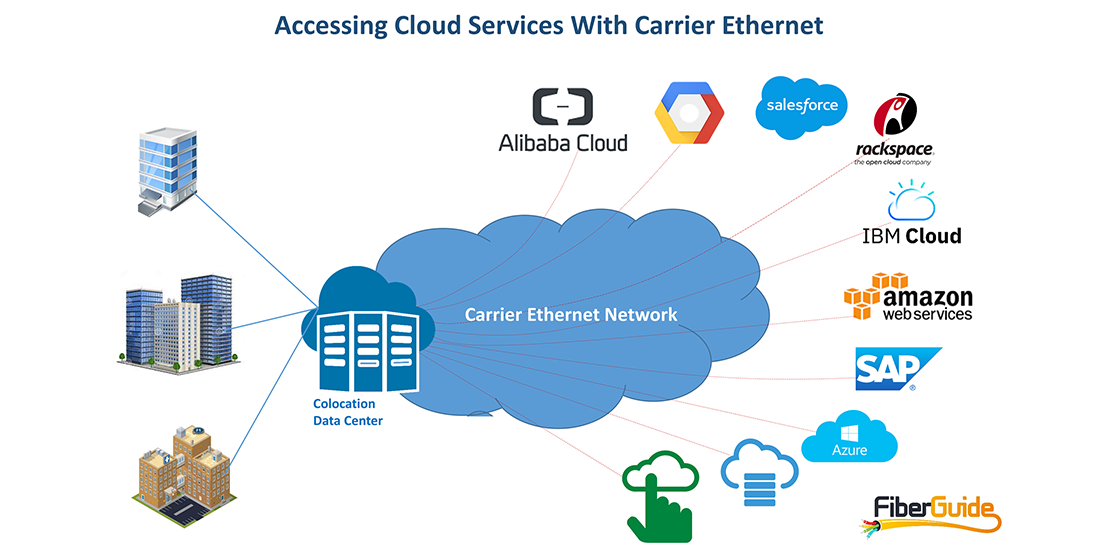Simplify Your Facilities With Cloud Solutions
As companies browse the ever-evolving landscape of modern technology and information administration, the function of cloud services in streamlining facilities has become significantly famous. The appeal of structured procedures, improved efficiency, and boosted resource allocation via cloud options is undeniable. The journey towards a more cost-effective and agile IT infrastructure involves even more than simply moving to the cloud. It requires a strategic technique and a deep understanding of the nuances of cloud fostering. How can organizations efficiently browse this transition and truly unlock the capacity of cloud solutions for simplifying their facilities?
Advantages of Cloud Services
Cloud solutions supply a structured approach to handling IT facilities, giving organizations with flexibility, cost-efficiency, and scalability. One of the essential benefits of cloud solutions is the scalability they use.
Furthermore, cloud services get rid of the need for organizations to buy expensive software and hardware. This cost-efficiency is a considerable advantage, specifically for little to medium-sized enterprises aiming to lessen ahead of time prices. By utilizing cloud solutions, services can access top quality IT resources without the substantial price connected with typical framework setups.
Additionally, cloud solutions provide companies with the flexibility to access their information and applications from anywhere with an internet connection. This level of availability improves collaboration amongst groups, allows remote job, and boosts overall efficiency. The flexibility provided by cloud solutions encourages organizations to adjust quickly to changing market conditions and client demands.
Cost Cost Savings and Scalability
In enhancement to the functional advantages highlighted earlier, the combination of cloud solutions right into a firm's facilities produces substantial cost savings and boosted scalability. Cloud solutions use a pay-as-you-go version, enabling businesses to scale resources up or down based on existing demands, consequently staying clear of the costs linked with keeping excess capability. This versatility makes it possible for firms to adjust rapidly to varying needs without incurring unnecessary expenses.
In addition, cloud services get rid of the need for ahead of time financial investments in software and hardware, minimizing funding expenditures. Operating expenditures are likewise lessened as business no more require to take care of and preserve physical web servers, bring about lower power usage and IT staffing costs. Additionally, cloud solutions give automatic updates and maintenance, making certain that the framework continues to be safe and secure and current without needing hand-operated treatments.
Enhanced Protection Measures
When incorporating cloud services into a company's framework to make certain and guard delicate information conformity with market policies,Applying strict safety and security measures is critical. Cloud solution carriers offer boosted safety features such as data encryption, firewall software defense, and multi-factor verification to mitigate cybersecurity dangers. Security aids protect information both at rest and en route, guaranteeing that just accredited users can access delicate details. Firewall programs act as an obstacle in between inner networks and exterior threats, surveillance and regulating outgoing and incoming network traffic. Multi-factor authentication adds an extra layer of safety and security by needing users to supply several types of verification before accessing the cloud services.
Furthermore, routine security audits and conformity evaluations help identify susceptabilities and guarantee adherence to click to read more industry criteria. Firms can also gain from features like computerized safety updates and real-time threat surveillance offered by cloud provider. By prioritizing safety and security actions and staying aggressive in addressing prospective risks, services can confidently take advantage of cloud solutions while safeguarding their beneficial data from unauthorized gain access to or violations.
Transitioning to Cloud Infrastructure
To successfully integrate cloud services into a company's facilities, an organized method that deals with the change in the direction of cloud-based services is vital. Transitioning to cloud framework involves careful planning and execution to make certain a smooth migration procedure - cloud services press release.
When the evaluation is total, a migration technique must be established. This method must Clicking Here outline the timeline, resources, and responsibilities for moving each element to the cloud. It is important to communicate this strategy plainly to all stakeholders to make sure placement and lessen disturbances throughout the shift.
Throughout the movement screening, monitoring and process are important to recognize and deal with any kind of concerns promptly. Normal checkpoints must be established to track development and make essential changes. Furthermore, training for employees on using cloud solutions must be offered to guarantee an effective change and make the most of the advantages of the new facilities.
Finest Practices for Cloud Fostering
Successful fostering of cloud services pivots on the critical positioning of organization goals with technological capabilities and business preparedness. To guarantee a smooth change to the cloud, companies ought to begin by conducting a thorough evaluation of their current facilities and identifying which workloads are best fit for cloud migration. It is essential to include key stakeholders from different departments in the decision-making process to obtain buy-in and deal with any type of issues early on.
One more finest technique for cloud adoption is to focus on safety and sites security and conformity. Organizations has to carefully evaluate the safety and security procedures supplied by cloud service companies and make certain that their data is protected according to market standards and regulative demands. Applying durable data security, accessibility controls, and regular safety and security audits can aid mitigate risks related to cloud adoption.

Final Thought

As services browse the ever-evolving landscape of innovation and data monitoring, the role of cloud services in streamlining framework has become progressively famous - linkdaddy cloud services press release. How can companies properly browse this transition and really unlock the possibility of cloud services for simplifying their infrastructure?
Cloud services offer a structured strategy to handling IT framework, providing businesses with scalability, cost-efficiency, and flexibility. By using cloud services, companies can access high-grade IT sources without the significant price tag associated with standard facilities configurations.
To make sure a smooth shift to the cloud, companies should start by conducting a comprehensive assessment of their current infrastructure and determining which workloads are best suited for cloud migration.